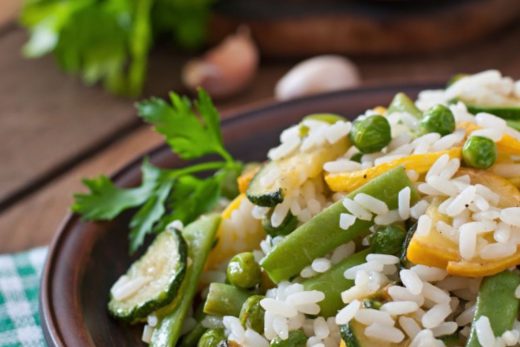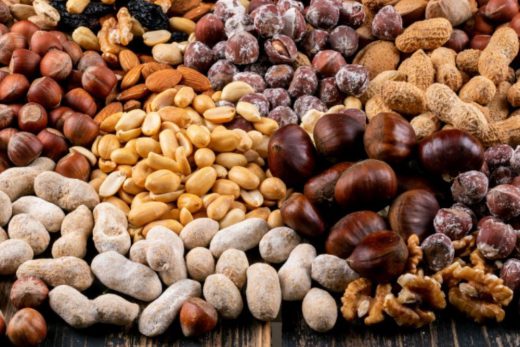Agave is harvested by field workers known as jimadors. (The tequila brand El Jimador is named for these workers.) Traditionally, jimadors would harvest the agave according to an intuition bred from centuries of experience, handed down from one generation to another. Today, though, harvesting is more scientific. The jimadors test the piña to achieve a sugar content of at least 24%. The higher the level of fermentable sugar, the more alcohol a harvest will yield.
When a piña is ready for harvest, a jimador separates it from its stalk using a long handled tool called a coa, and then removes the leaves. The piñas are loaded onto a truck and taken to a factory to be baked. Unlike grapes and many other crops, which are harvested in the fall, agave harvesting is a year-round endeavor.
Cooking the Agave
20120416Jose_Cuervo_ovens.jpg
Workers load agave hearts into ovens at the José Cuervo Distillery in Tequila, Mexico. Wikimedia Commons
When I discussed Scotch production, I mentioned that barley needs some initial processing to unlock the starches inside it, to make them fermentable. In Scotch production, that process is called malting. Likewise, tequila production needs a first step, one that unlocks the starches. Here, that means cooking the agave piña to transform the carbohydrates into simple sugars that can then be fermented.





